OPPORTUNITIES AND CHALLENGES ARE INTERBOUNDED
Speaking to the press before the congress, Mr. Duong Anh Duc, Head of the Propaganda and Mass Mobilization Department of the Ho Chi Minh City Party Committee, said that the congress took place in a context of many intertwined opportunities and challenges. After the merger, Ho Chi Minh City has a population of nearly 14 million people (accounting for 13.4% of the country's population), a workforce of more than 7 million people, an economic scale of more than 3 million billion VND (accounting for 23.5% of the country's GDP), and a budget revenue of about 737,000 billion VND (accounting for 36.7% of the total national budget revenue)...
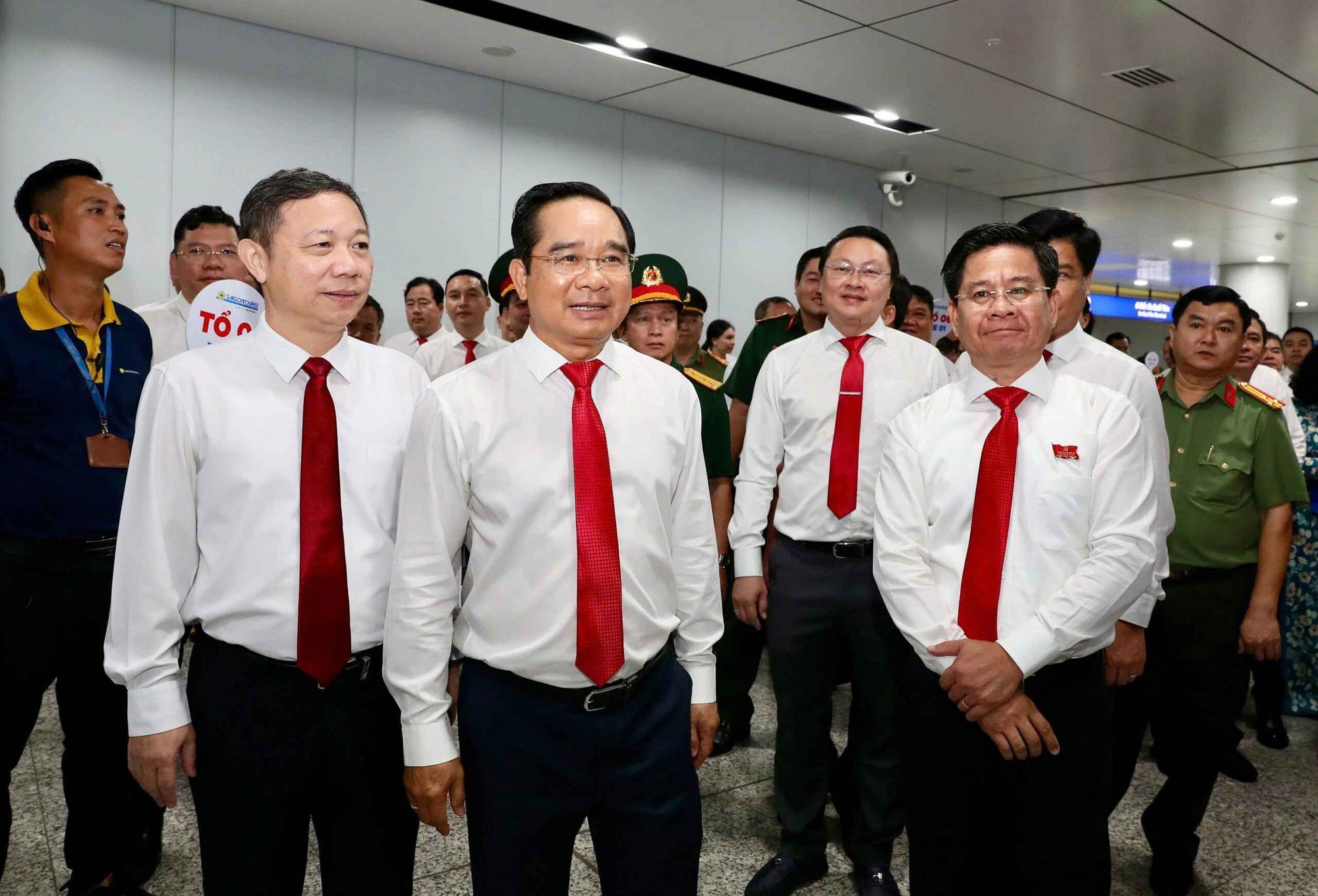
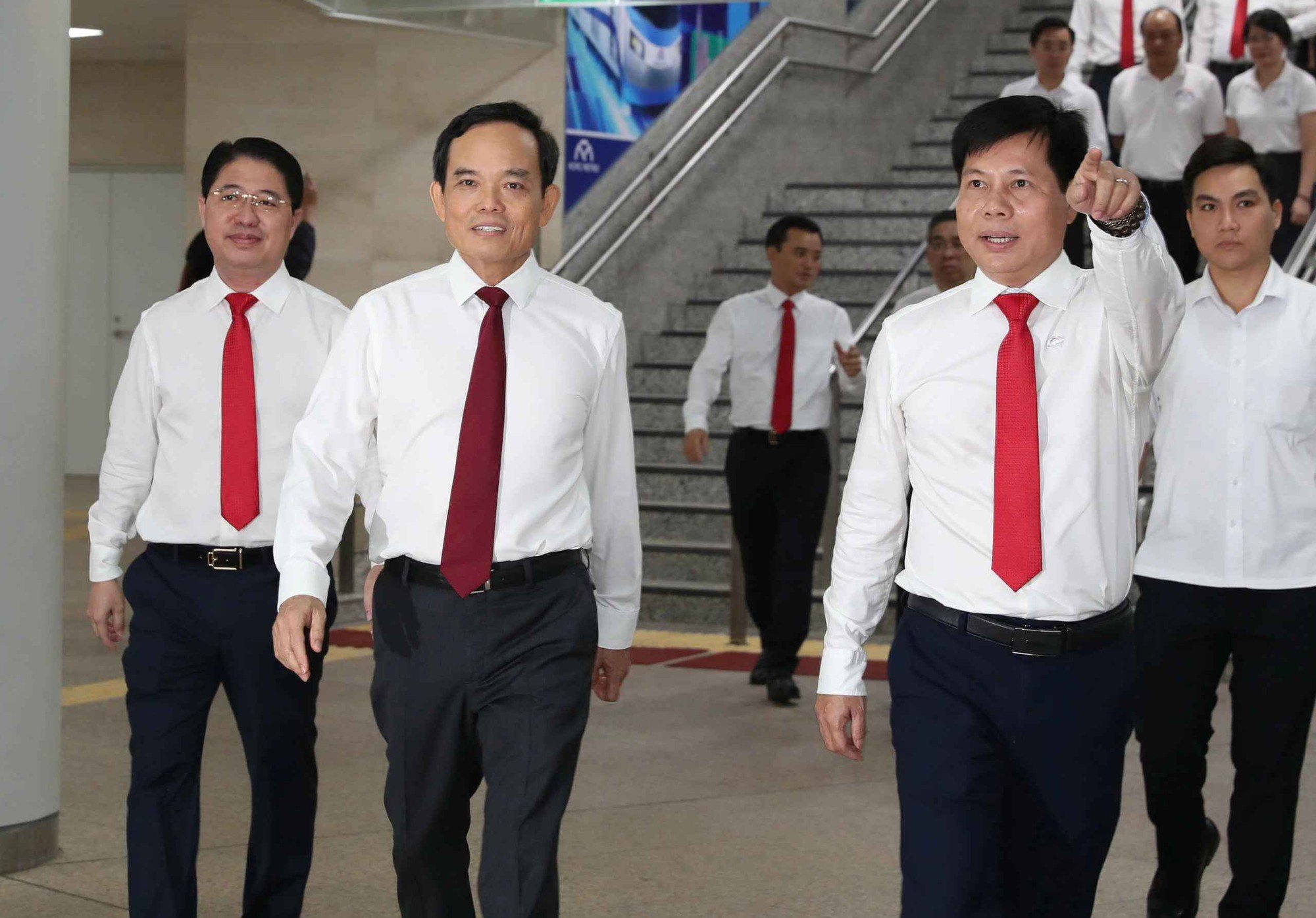
Secretary of the Ho Chi Minh City Party Committee Tran Luu Quang and Chairman of the Ho Chi Minh City People's Committee Nguyen Van Duoc and delegates visited metro line 1 (Ben Thanh - Suoi Tien) on the morning of October 12.
Photo: Nguyen Vu
The merger of Ho Chi Minh City with Binh Duong and Ba Ria-Vung Tau is considered an unprecedented turning point in the history of urban development in Vietnam, opening up opportunities to expand the market, increase investment attraction, connect infrastructure, connect production chains and raise international status, access financial resources and advanced technology. This is a comprehensive reconfiguration of the development space, where the three most dynamic economic poles converge, with a new vision: by 2030 the city will be in the top 100 most livable cities in the world, with a vision of 2045 becoming an international megacity, aiming to carry out the mission of pioneering, leading and spreading development for the whole country.
In addition to opportunities, Ho Chi Minh City also faces many difficulties due to unsynchronized infrastructure, lack of high-quality human resources, challenging environmental pollution, and large gap between rich and poor. On the other hand, challenges from competition to attract investment, adapt to climate change, ensure energy security, cyber security, and preserve cultural and social identity require Ho Chi Minh City to transform its growth model and improve its competitiveness with appropriate, flexible, and effective solutions.
ECONOMIC RESTRUCTURING, URBAN RESHAPING
The draft political report of the 1st Ho Chi Minh City Party Congress, term 2025 - 2030, establishes the goal of rapid and sustainable growth, based on growth model innovation, digital transformation, green transformation, development of knowledge-based and creative economy, with the ability to participate in the global value chain.
In the industrial sector, Ho Chi Minh City will focus on implementing the project of converting and shifting industrial parks, export processing zones and restructuring key industries. At the same time, research and development of industries with great potential, such as artificial intelligence (AI), robotics, space, green hydrogen, gene technology, biology; attracting multinational corporations and leading enterprises in the production of electronic components, semiconductors, and chips.
New generation free trade zones are also being developed in conjunction with logistics centers, international transit port clusters, and cargo airports. At the same time, the Vietnam International Financial Center in Ho Chi Minh City will be a strategic project to attract investment, develop a modern financial market, and create a foundation for sustainable economic growth. Ho Chi Minh City also aims to complete the Thu Thiem new urban area before 2030, start the second phase of Phu My Hung urban area, accelerate the progress of Can Gio coastal urban area, and implement urban upgrading projects in Vung Tau, Ho Tram, and Phu My.
In particular, in the next 5 years, Ho Chi Minh City will mobilize all resources to invest in a synchronous infrastructure system, prioritizing the development of an integrated and intelligent transport network, contributing to regional - inter-regional connectivity, focusing on 6 key areas. First is to develop an urban railway system in the TOD direction to effectively connect the inner city and functional centers. At the same time, build and upgrade high-speed passenger railways and freight railways (Bau Bang - Dong Nai - Cai Mep Thi Vai route), and complete the belt roads (2, 3, 4).
Regional traffic will be significantly improved through the National Highway 13 traffic system, Ho Chi Minh City - Vo Van Kiet Expressway, Ben Luc - Long Thanh Expressway, Bien Hoa - Vung Tau - Long Thanh Expressway. In addition, Ho Chi Minh City also focuses on effectively exploiting river transport (Sai Gon - Dong Nai - Soai Rap route) and coastal routes connecting Cai Mep - Thi Vai - Can Gio port cluster, Can Gio international transit port, associated with logistics and port services. Con Dao airport will be upgraded and expanded in the near future to meet transportation needs and tourism development...
Many meaningful activities before the congress
On October 12, the delegation attending the 1st Congress of the Ho Chi Minh City Party Committee, term 2025 - 2030, led by Secretary of the Party Central Committee and Secretary of the Ho Chi Minh City Party Committee Tran Luu Quang, visited typical economic, cultural, social, defense and security projects and models.
The delegation departed from Ben Thanh station, experienced metro line 1 (Ben Thanh - Suoi Tien), and admired the modern urban areas on both sides. Next, the delegation offered flowers and incense at the Hung Kings Memorial Temple and the Temple of Le Thanh Hau Nguyen Huu Canh in the National Historical and Cultural Park. During the day, the delegation continued to visit VNG Corporation, Ho Chi Minh City History Museum, Naval Region 2 Command, Gemalink Port, Phu My 3 Specialized Industrial Park, Vinamilk Dairy Factory, and Becamex Company.
Inclusive and sustainable security
The sustainable development of a city requires a balance between economic, social and environmental goals. The new Ho Chi Minh City, with the merger of two more provinces, will create changes not only in the economic structure, but also in the social structure, posing greater demands and requiring more inclusiveness.
Previously, the rural areas of Ho Chi Minh City were only concentrated in some suburban districts such as Binh Chanh, Cu Chi, Hoc Mon, Can Gio, Nha Be, but now the scope has expanded, spreading to the communes of Binh Duong and the old Ba Ria-Vung Tau. In addition, the ethnic minority community and disadvantaged groups will also increase. The new Ho Chi Minh City will have to solve many problems of the changing social structure such as population composition, ethnicity, religion, education level, income, etc.
Therefore, in the orientations set by the upcoming Congress of the Ho Chi Minh City Party Committee, it is necessary to balance the goals of economic development and solving social problems as well as have specific targets and action plans. The local government must closely monitor and promptly resolve and support issues related to people's lives.
Ho Chi Minh City also needs to promote social responsibility, mobilize resources from businesses, residential communities, and social classes with better conditions to join hands with the government in implementing social security and supporting vulnerable groups. In addition, localities should also consider having appropriate propaganda policies and information channels on digital platforms to facilitate the achievement of economic and human development goals.
Associate Professor, Dr. Vu Tuan Hung, Director of the Southern Institute of Social Sciences
Equal allocation of resources
After Ho Chi Minh City merges with 2 provinces, it is not necessary to re-plan the whole area but should establish compatibility factors, integrate the strengths of 3 localities to manage, prioritize public investment for each area. In which, Binh Duong develops industrial strength, Ba Ria-Vung Tau is strong in sea-oriented economy, and Ho Chi Minh City prioritizes high technology, financial center, and services.
The new context requires the leadership to have a comprehensive and comprehensive management level. If priority projects are given to the wrong areas, the strengths will be weakened. If too much priority is given to the existing central area of Ho Chi Minh City, other areas will be weakened and the whole city will be weakened.
The new Ho Chi Minh City needs to prioritize investment resources in transport infrastructure connecting old areas of the locality as well as connecting the Southeast and Southwest regions, focusing on projects on beltways 2, 3, 4, urban railways, seaports, etc.
Dr. Nguyen Huu Nguyen, Ho Chi Minh City Urban Development Planning Association
Source: https://thanhnien.vn/tphcm-dinh-hinh-sieu-do-thi-dang-song-185251012221408332.htm




![[Photo] Solemn opening of the 1st Government Party Congress](https://vphoto.vietnam.vn/thumb/1200x675/vietnam/resource/IMAGE/2025/10/13/1760337945186_ndo_br_img-0787-jpg.webp)



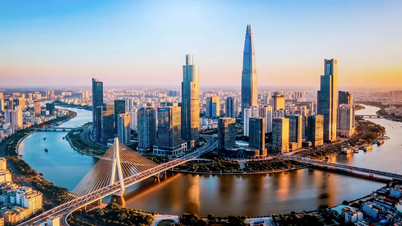


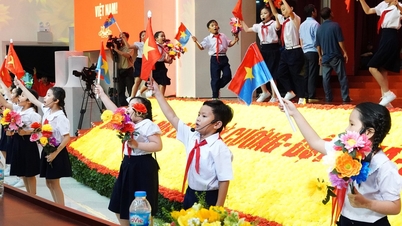
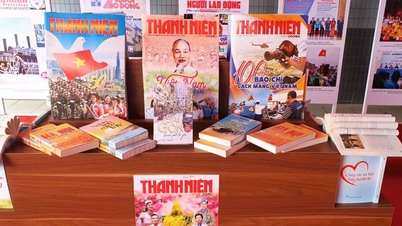
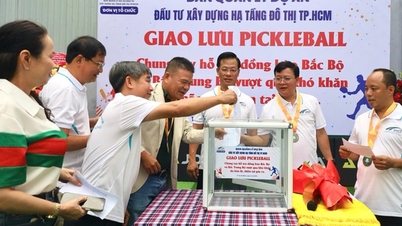


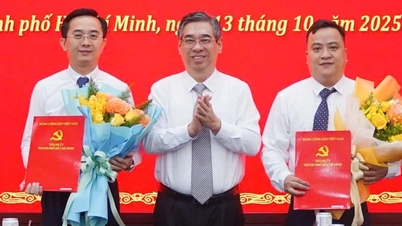

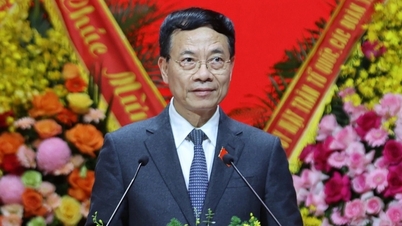
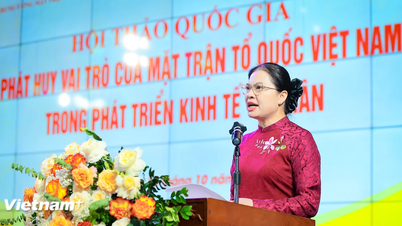

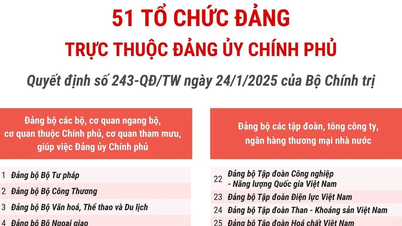
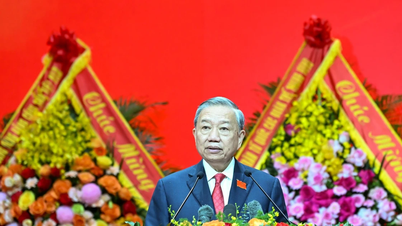





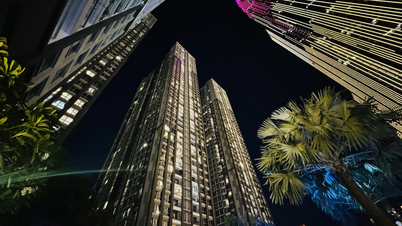

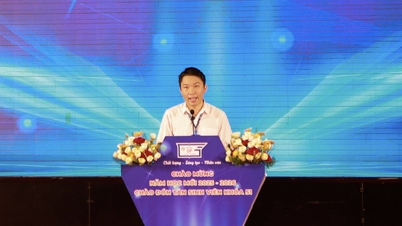

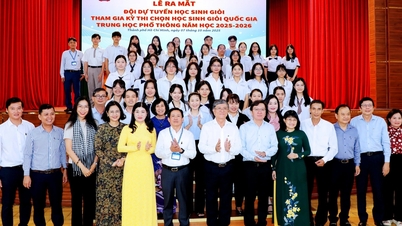
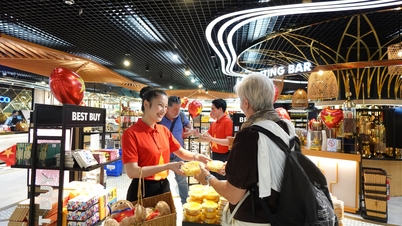
![[Photo] General Secretary To Lam attends the opening of the 1st Government Party Congress](https://vphoto.vietnam.vn/thumb/1200x675/vietnam/resource/IMAGE/2025/10/13/1760321055249_ndo_br_cover-9284-jpg.webp)



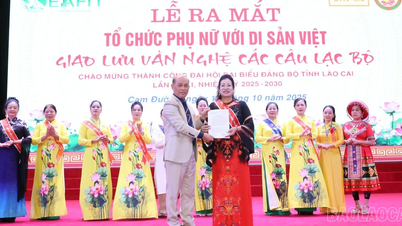

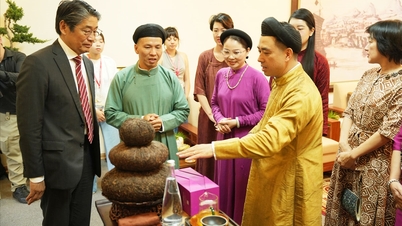









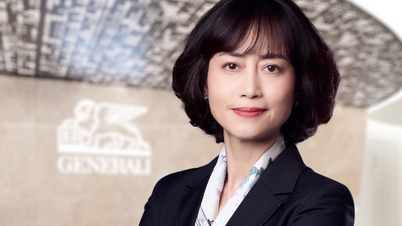

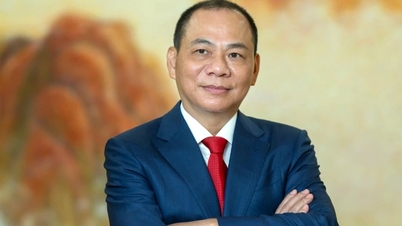







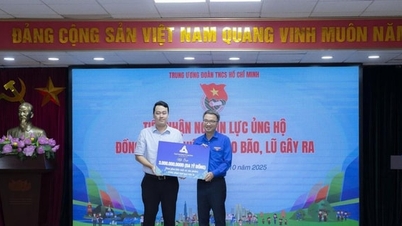

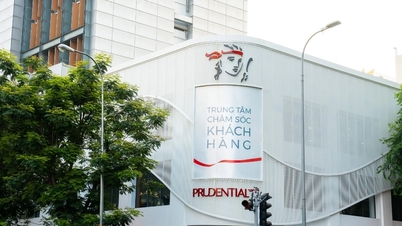
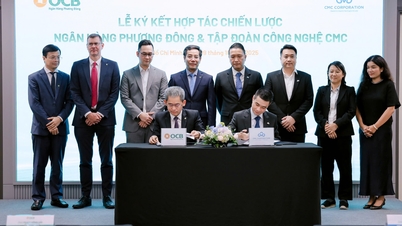









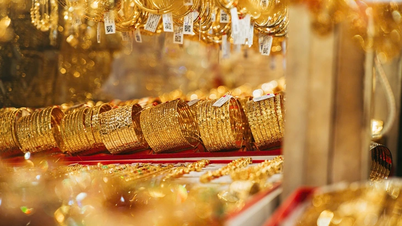



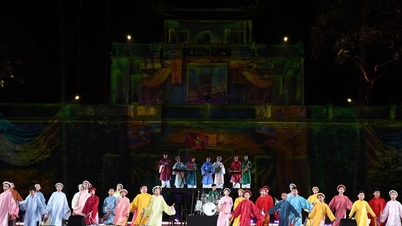
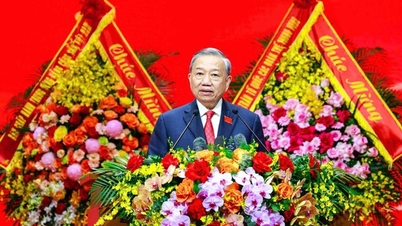
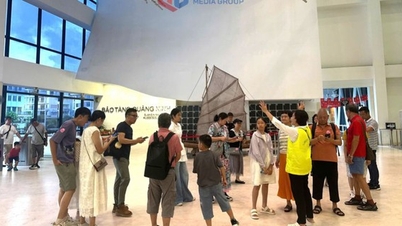
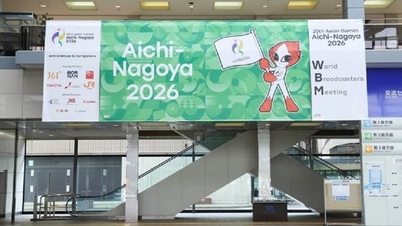


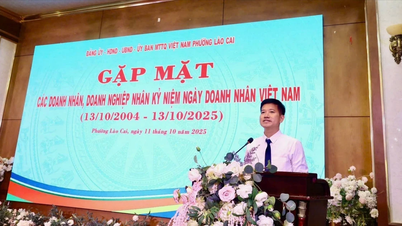
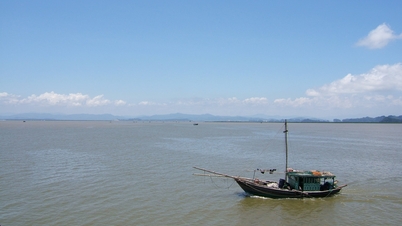

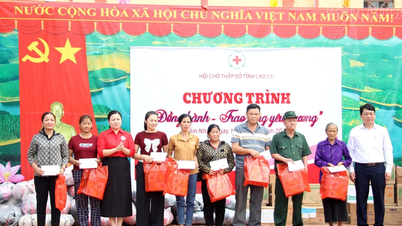




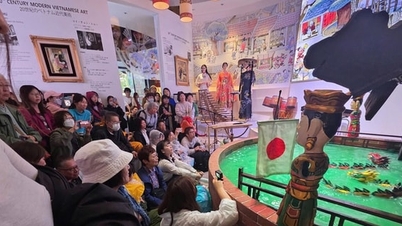













Comment (0)